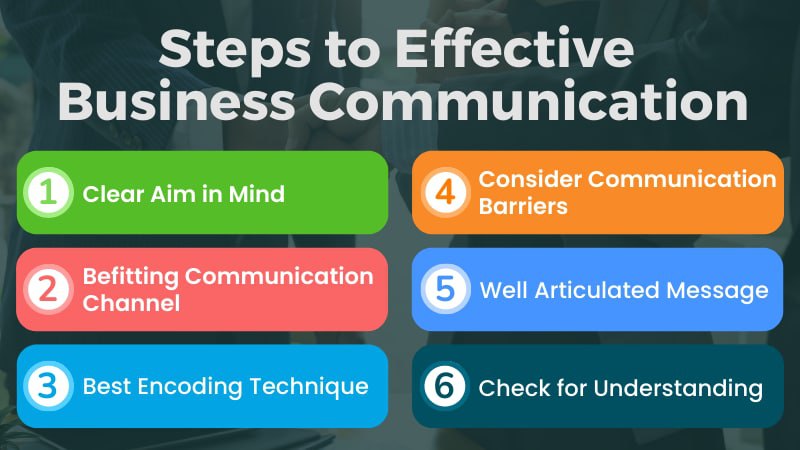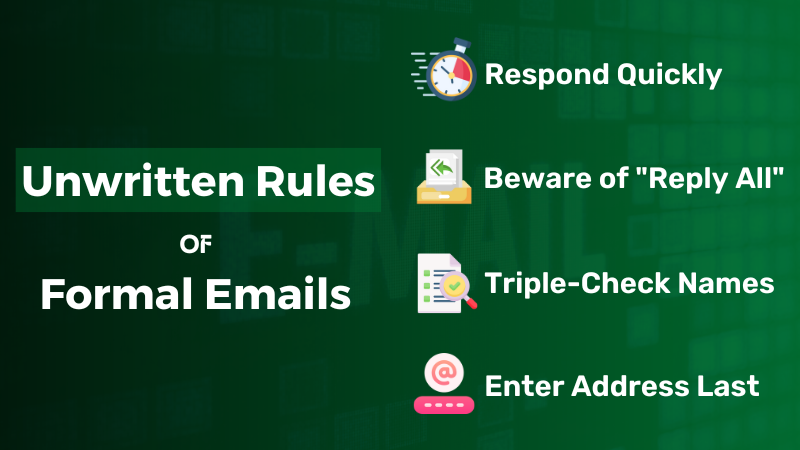How to Write a Cover Letter
If you have ever wrapped birthday presents, you should be aware that a beautifully wrapped gift is better received than the one with a just-enough-to-cover-what's-inside wrapper. It is opened with more expectations, more delight. Similarly, a well-written cover letter serves a better purpose than not writing any cover letter at all.
If it is not explicitly mentioned, you should always include a cover letter.
A cover letter is a one-page letter that is presented with your resume. It includes a brief introduction of yourself, the job or the position you are applying for, shows that your qualifications match with the qualifications asked for, ends with a call of action, and most importantly encourages to read the resume.
Now, don't be fooled. A cover letter can be the ladder, but it is your resume that will get you through the door. The strength of your resume will tell if your cover letter will go to the hiring manager.
Types of Cover Letter and Their Elements:
What are the elements that need to be included in a cover letter? This depends on the cover letter:
1. Internship Cover Letters:
The cover letter for internship purposes is trickier to write since you might not have previous experience and thereby lack matching skills. If you have done voluntary, related, unpaid work before, you can include it here. Also, your education can be your experience. You can tell them what field you have studied in and speak their language to show that you know what you're applying for.
The format is something like this:
- You start with your name, address, and contact details. Give your phone number and a professional email id. Not anything like [email protected].
- Under this, mention the details of the person you're writing to. Include their name, their position in the company, their contact details and the name of the company. If you're unsure of the things, ask for it by calling and make sure you're writing the right things.
- Address the person formally with a “Dear ……….”
- In the first statement, tell why you are writing in detail.
- Follow it up with your qualifications and skills, both required and desired.
- Give a summary of why you are the right fit for the position
- Ask them to contact
- End with a signature and your full name.
2. Application Cover Letter:
This is the cover letter to be used with CVs.
The steps are simpler here.
- You will give your full name and contact information
- Address the person you're writing to with a “Dear………..” or simply write their name and proceed.
- And carry on writing things just like you would have for an internship cover letter.
Tips for You:
These are the things you DO need to include in your cover letter. Then there are things that you should steer clear of, in the letter. They include:
- Avoiding typos and grammatical errors.
- Speaking technically. Let them know you're aware of what the position will have to do, and that you have an idea of it.
- Don't include too many “I”s. Given you're presenting all about yourself, don't sound too self-centred. Focus more on the job description.
- Don't include the whole of your resume in the cover letter.
- When asking them to contact you, don't mention irrelevant things like you have applied in other jobs, so you need to hear soon from this particular company. Don't throw yourself off as uninterested.
And always, always remember that your cover letter will vary according to the jobs. There is no such thing as a single, universal cover letter. Tailor to the employers’ needs, and I wish you luck!
Grammar
Read More
- How to Use "Therefore" in Sentences Avoiding Common Mistakes
- How to Use "Whereas" with Examples and Avoid Common Mistakes
- When and How to Use "Thus" Correctly Without Common Mistakes
- How to Use "On the Contrary" Properly with Meaning and Examples
- When and How to Use "Either/Or" with Examples and Common Mistakes to Avoid
- How to Use "On the Other Hand" Effectively without Mistakes
- How to Use "Respectively" with Example and Common Errors to Avoid
- How and When to Use "Moreover" Without Mistakes
- How to Use "Likewise" in Sentences Based on Context & When not to Use
- When & How to Use "Although" in Sentences to Avoid Mistake





